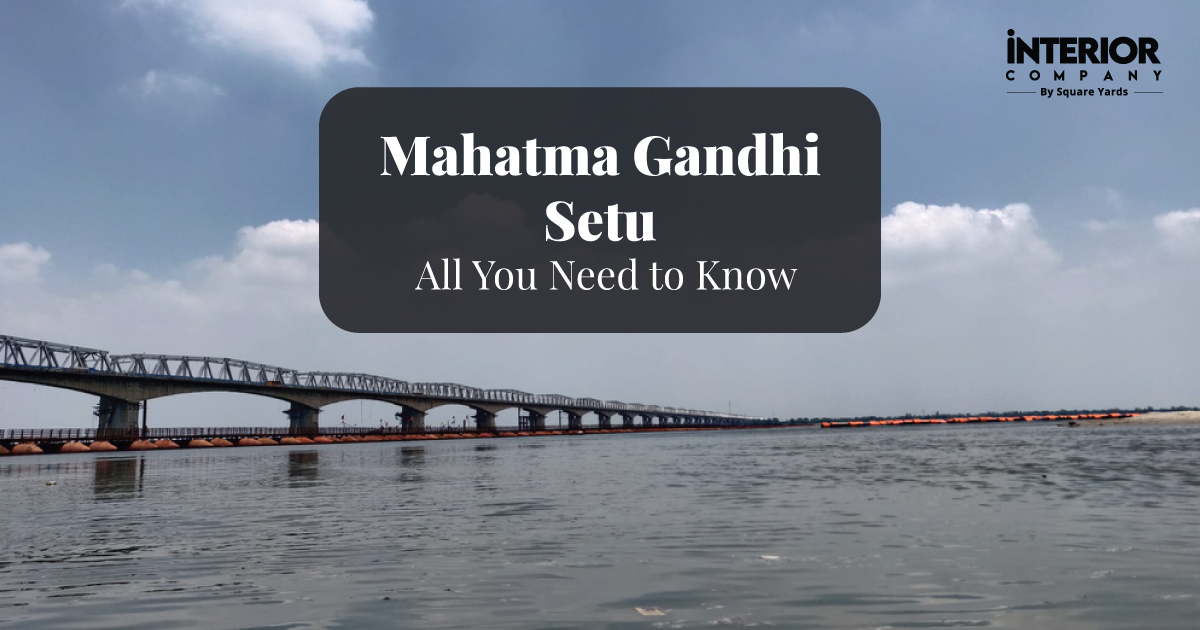- Kitchens
- Design Ideas
- Cities
- Trends
- Guides
- Price Calculators
- Our PortfolioNEW
- More
- Home
- Trends
- Architecture
- Buildings
- Golden Gate Bridge Architecture
The Golden Gate Bridge: An Iconic Piece of American Architecture
What do you associate San Francisco with, as soon as you hear about it? The Golden Gate Bridge, followed by the Golden State Warriors, isn’t it? The Golden Gate Bridge is one of the most iconic landmarks in the United States – symbolic of San Francisco – and a marvel of modern engineering. The bridge spans across the Golden Gate Strait, connecting San Francisco to Marin County, and is considered one of the most beautiful bridges in the world. This article discusses the history, design, and construction of the Golden Gate Bridge, as well as its current status and plans.
Table of Content
History of the Golden Gate Bridge
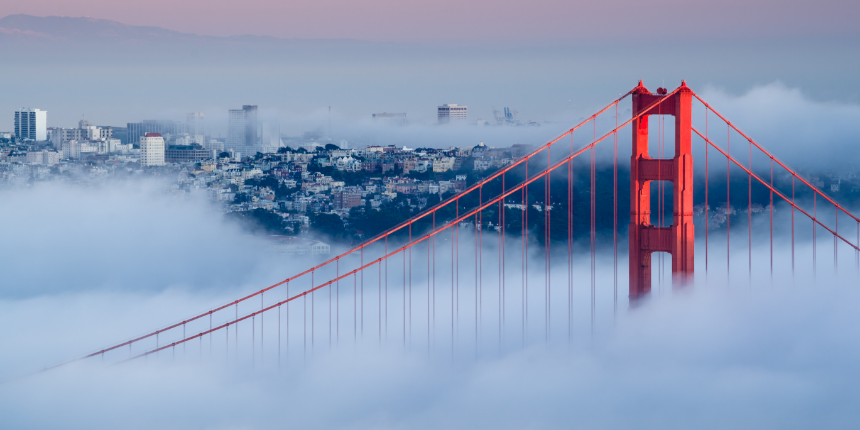
The Marin Bay area's ferry service commenced back in the 1840s. This was the shortest route to connect San Francisco to Marin Bay. Since the demand was high, so were the fares. The whole affair was getting extremely inconvenient for the residents to cross through in a ferry. Subsequently, the demand for a bridge connecting the two towns arose. James Wilkins, an engineering student, proposed the idea of building the bridge which makes the commute from San Francisco to Marin Bay easier for the residents. This project was estimated to cost around $100 million. Joseph Strauss took an interest in this project. He had successfully built a railroad bridge in the Berlin Strait. When Strauss decided to build the bridge he was cornered by the US military, ferry companies and residents of the area.
Also Read: Hafeez Contractor Architecture
The US military was against the idea owing to concerns that the bridge would become a natural target for terrorists. Another concern was that the bridge would not allow US Navy ships to pass through. The local ferry companies did not rejoice at the announcement of the construction of this bridge. They were concerned that their profits and the industry as a whole would plummet once the bridge is erected. Finally, the residents of San Francisco were concerned about the preservation of the natural beauty of the area. They were concerned about the fact that such a massive structure would destroy the resplendence of nature.
Engineering of the Golden Gate Bridge
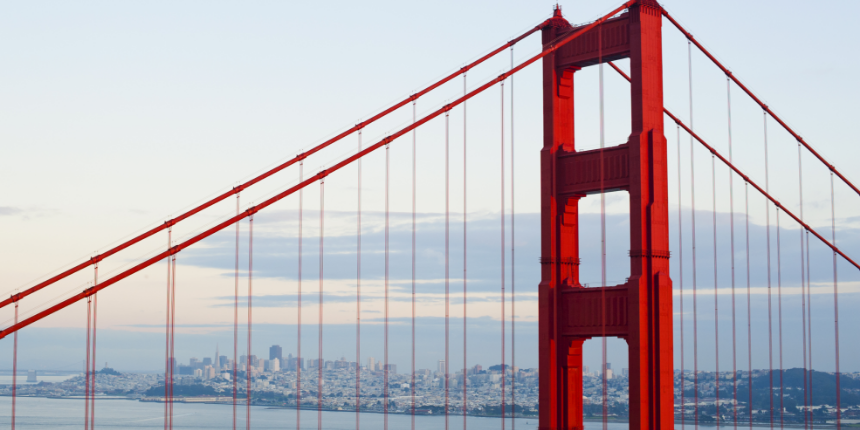
The idea for a bridge across the Golden Gate Strait was first proposed in the early 20th century. The strait was considered an ideal location for a bridge because of its narrowness and depth, which would allow ships to pass beneath it. In 1916, a group of prominent San Franciscans formed the Golden Gate Bridge and Highway District to begin planning for its construction.
The construction of the Golden Gate Bridge was a massive undertaking that required innovative engineering solutions to overcome significant challenges. One of the primary challenges, the depth of the strait, required the construction of massive concrete towers to support the bridge’s weight. The towers were constructed using a technique called “slip forming,” which involved pouring concrete continuously into a form that was slowly lifted as the concrete hardened. For the concrete structure to be built. The engineers dropped bombs into the beds of the strait to increase the strength of the towers and give them stability. The towers were constructed using a unique type of concrete called high-strength concrete, which was specially designed to withstand the weight of the bridge and the strong winds that blow through the strait.
At first, it was decided that the Golden Gate Bridge would be a cantilever bridge. A cantilever bridge is a type of bridge that uses cantilevers- horizontal beams anchored at only one end, to support the bridge deck. The cantilevers extend out from the supports and support a central span, which is typically made up of trusses or other types of structural elements. Cantilever bridges are often used for long spans where it is not practical to use a single continuous beam or truss. The cantilever design allows for more efficient use of materials, as the bridge can be constructed in sections and then assembled on-site. India's Howrah Bridge and Canada's Pont De Quebec are fitting examples of cantilever bridges.
However, Charles Ellis and Leon Moiseiff had other ideas. After long hours of brainstorming, the group settled on making the Golden Gate Bridge a suspension bridge. For the size of the bridge that was being constructed, a flexible bridge that could shoulder the weight of the cars and trucks passing through. A suspension bridge is a type of bridge that uses a series of cables or chains suspended between tall towers to support the bridge deck. The cables or chains are anchored to massive concrete blocks or rock formations at either end of the bridge. In this case, humongous steel structures were required. Since the bridge was to be built over a strait, there was no chance that it could be constructed right there and then. To counter this problem, the bridge was manufactured in a steel factory in Pennsylvania, and through the Panama Strait, it was brought to San Francisco.
Assembling the Golden Gate Bridge was another challenge. Sea walls were built so that the tides couldn't destroy the structure before being made. The construction workers were instructed to work in 20-minute shifts when the tides were low. The structure has a lot of intricacies if you observe it closely. At the time when it was built, every worker had a set of plans to avoid any kind of confusion.
After the completion of the towers, the cables of the bridge were spun together with the suspenders and installed at 50-foot intervals and then the concrete road was laid down.
Vermillion or Golden?
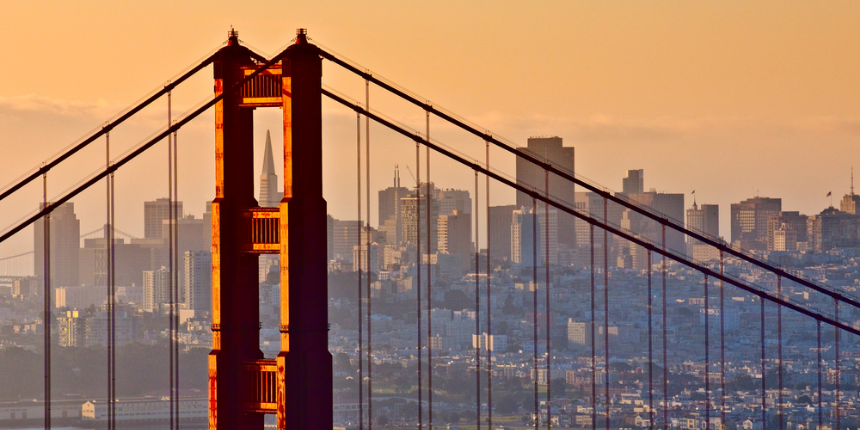
The Golden Gate Bridge, named after the Golden Gate Strait- the water body spanning across it. The strait was named “Chrysopylae,” which means “Golden Gate,” by John C. Fremont, an American explorer. The name referred to the way the strait looked like a golden entrance to the Pacific Ocean when viewed from a distance. This effect could be because of the beautiful sunlight which hits the Golden Gate Bridge at most times during the day.
The US Navy, when it was discussing painting the bridge, wanted the bridge to be in a combination of yellow and black. However, Irving Morrow made a 30-page document with the voices of the locals to let the colour of the bridge be 'international orange', which is what you see these days. In their opinion, and ours too, it is the perfect orange which hovers right above the azul strait.
Things To Do Near Golden Gate Bridge
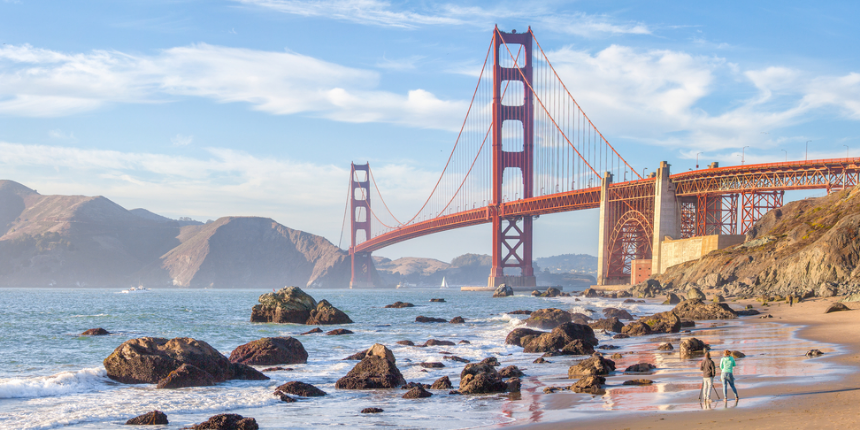
There are plenty of things to do near the Golden Gate Bridge in San Francisco, California. Here are some ideas:
- Visit Golden Gate Park: This massive park is home to many attractions, including museums, gardens, and a Japanese tea garden. It’s a great place to explore, have a picnic, or go for a bike ride.
- Walk or bike across the Golden Gate Bridge: One of the most popular activities in San Francisco is to walk or bike across the Golden Gate Bridge. You can rent a bike in the city and ride across the bridge to Sausalito, a charming town on the other side of the bay.
- Taking the ferry or the helicopter: There are several ferry companies that can take you around the Golden Gate Bridge. Take the San Francisco helicopter tour which gives a gorgeous aerial view of the bridge. You can check the timings and the prices on the website of the Golden Gate Bridge.
- Visit the Presidio: This former military base is now a park and cultural centre. It has many walking trails, historic buildings, and museums, including the Walt Disney Family Museum.
- Explore Fisherman’s Wharf: This bustling waterfront district is full of shops, restaurants, and attractions, including the famous Pier 39 and the Aquarium of the Bay.
- Take a ferry to Alcatraz Island: This infamous former prison that has been converted into a National Park can be visited by taking a ferry from Fisherman’s Wharf.
- Visit Muir Woods: This beautiful national monument is home to towering redwood trees and scenic hiking trails. It’s located just a short drive north of the Golden Gate Bridge.
- Explore the Mission District: This vibrant neighbourhood is known for its street art, delicious food, and unique shops.
Conclusion
The architecture of the Golden Gate Bridge is a remarkable achievement in engineering and design. From its massive concrete towers and high-strength cables to its innovative suspension system and distinctive International Orange colour, the bridge is a true masterpiece of human ingenuity and skill. Well over 80 years since its completion, the Golden Gate Bridge remains an enduring symbol of American innovation and excellence. It serves not only as a vital transportation link for the city of San Francisco and the surrounding areas but also as a beloved landmark and tourist attraction that draws visitors from around the world.
*Images used are for illustration purposes only. Interior Company does not hold any copyright to the images unless mentioned explicitly.
Ready for a home transformation?
Let our designers assist you!
Recent Posts
The construction of the Golden Gate Bridge started on January 5, 1933, and finished on April 19 1937.
The architect of the bridge was Irving Morrow and the designers were Joseph Strauss, Charles Ellis and Leon Moisseiff.
The height of the Golden Gate Bridge is 227.4m, the width is 90m and the longest span is 1,280.2m.
Related Category
- Bedroom
- Exterior Design
- Kitchen
- Living Room
- Paint and Color






